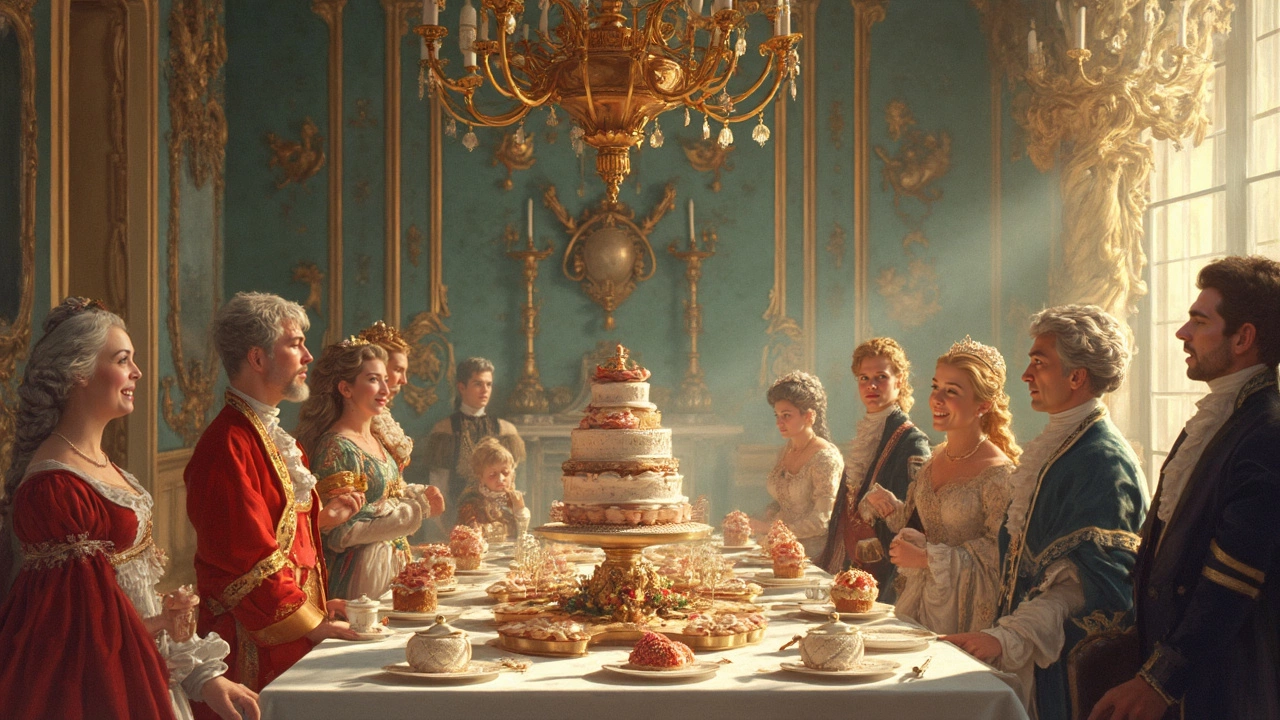
The phrase 'Let them eat cake' has been attributed to Marie Antoinette for centuries, but did she really say it? Surprisingly, the answer is likely no! There's no concrete evidence she uttered those words. This notorious quote was probably just a reflection of the disconnect people felt between the royalty and the struggling masses of France during her time.
Why does this myth persist, though? Back in the day, bread was a staple, and cakes were considered a luxury. This quote, even if fictional, highlights the vast gap between the lifestyles of the rich and the poor. It’s also kind of catchy, and that probably doesn’t hurt its staying power!
- Debunking the Myth
- Historical Context of the Phrase
- Marie Antoinette’s Pastry Preferences
- French Cakes in History
- Classic French Cake Recipes
- Baking Tips for Perfect Texture
Debunking the Myth
So, what's the deal with Marie Antoinette and the infamous phrase 'Let them eat cake'? Well, here's a plot twist—there's no solid proof she ever said it. This misunderstanding goes way back to when France was dealing with food shortages and folks were blaming the rich for being out of touch.
The expression is actually an English translation of the French phrase 'Qu'ils mangent de la brioche.' Sounds fancier, right? Still, no evidence points directly to Marie Antoinette. Some historians think it could have been uttered by others decades before her time. Talk about being in the wrong place at the wrong time!
Root of the Phrase
The phrase appeared in 'Confessions' by Jean-Jacques Rousseau, a famous philosopher, in 1767. But get this—Marie Antoinette was just 11 years old back then! Plus, Rousseau didn’t attribute the quote to her. It’s kind of like a game of telephone, where the story changes a bit every time it’s told.
Historians think her name got attached to the phrase as part of revolutionary propaganda. After all, the French Revolution was a rough time for royals, and folks weren’t exactly singing their praises. Using this line helped rile the public up even more against the monarchy.
So, there you have it. While the cake quote is catchy, it’s more legend than fact. The next time you hear someone mention it, you can wow them with your Marie Antoinette knowledge!
Historical Context of the Phrase
So, you're wondering how this saying got tied to Marie Antoinette? Let's dig into some French history! During the late 18th century, France was a hotbed of tension. The common folk were struggling with poverty and hunger while the elites were living it up in their luxurious palaces. This period led to the famous French Revolution.
The phrase 'Let them eat cake' wasn't even about cake really—it was 'brioche,' a type of enriched bread, but still a luxury compared to the plain loaf most people relied on. The earliest written record of the saying comes from philosopher Jean-Jacques Rousseau, who mentioned it in his book, 'Confessions', published in 1782. However, that was years before Marie Antoinette got married to Louis XVI!
Did Marie Antoinette Really Say It?
Despite the catchy quote and popular belief, it's highly unlikely Marie Antoinette actually made that dismissive statement. Historians suggest it was attributed to her much later to paint her more out-of-touch with the plight of the French people than she may have been.
Interestingly, Marie Antoinette reportedly enjoyed a variety of pastries, but there's no solid proof linking her to this phrase. It's just one of those myths that stuck around perhaps because it perfectly fit the narrative of a disconnected and lavish queen.
Marie Antoinette’s Pastry Preferences
Marie Antoinette, despite all the drama surrounding her name, was known to have a sweet tooth, like many of her contemporaries in the French Court. Her preferences leaned towards the elegant simplicity and rich flavors of French pastries. One of her favorites was reportedly the almond macaron, a delight that remains a beloved staple in French pastry shops even today.
Now, you might be wondering what exactly made these pastries so appealing. Well, it’s all about the balance of textures and flavors. The macarons of her time were slightly different from what we know today but still kept the essential quality of a delicate almond flavor with a delightful crunchy exterior and soft interior.
Another treat she was fond of was the 'petits fours', bite-sized pastries that came in a variety of flavors, perfect for the opulent parties held at the Palace of Versailles. Imagine tables laden with these beautifully decorated creations, serving as both visual and culinary delight.
Royal Culinary Practices
The kitchens at Versailles were staffed with some of the most skilled pastry chefs of the era, who catered to the extravagant tastes of the royals. These chefs often incorporated exotic ingredients brought from different parts of the world, making the pastries not only rich in flavor but also quite special for their time.
In an era where food was as much about display and luxury as taste, these pastries played an important role in showing off wealth. It's interesting to think about how these historical preferences influenced what we consider as quintessentially French today.
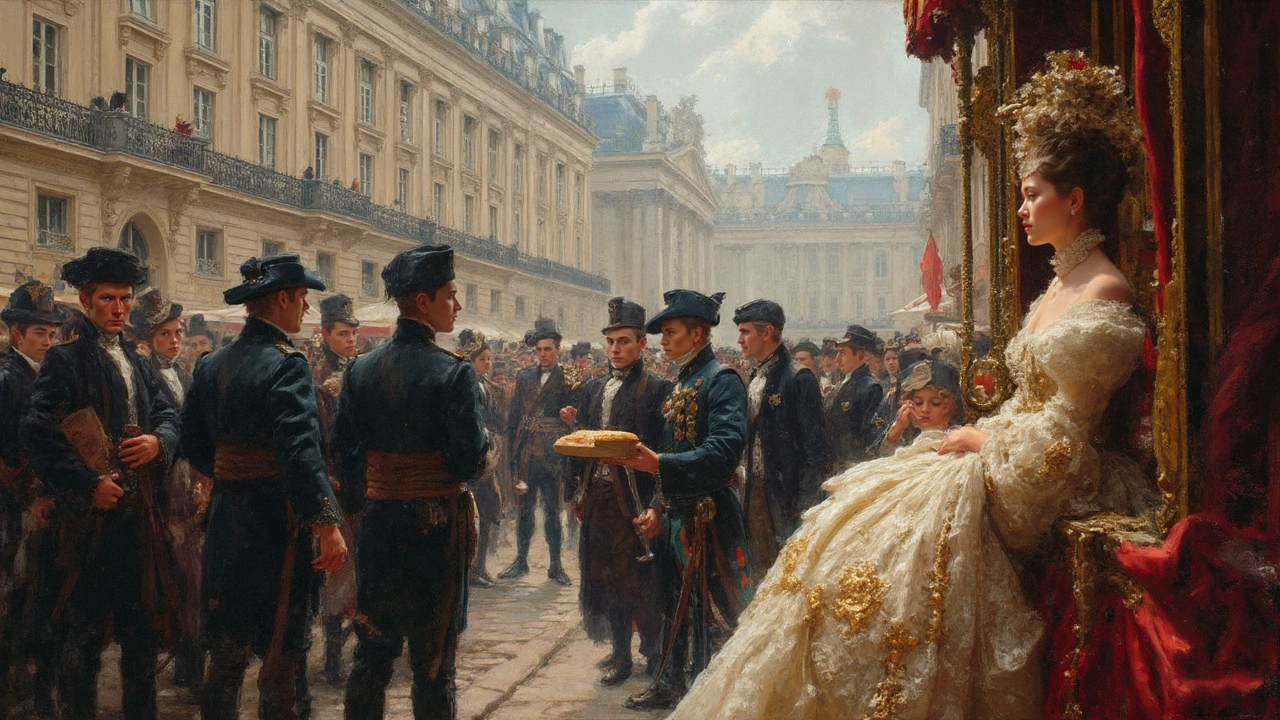
French Cakes in History
France has an incredible history when it comes to dessert, and cakes are a big part of that story. Cakes in France have evolved from simple sweetened breads to intricate confections enjoyed worldwide. Let's explore how they became a staple in French cuisine!
The Humble Origins
Early French cakes were more like sweet breads than the rich treats we love today. They were often made with honey as a sweetener since sugar was a luxury. Fast forward to the Middle Ages, and cakes were becoming a bit fancier, especially for those who could afford them.
The Rise of Pâtisserie
By the 17th century, pâtisseries, or pastry shops, began emerging in France. This was the golden age of French desserts when pastries and cakes grew in popularity. These shops became central to French culinary culture and were places where people would try inventive new flavors and textures.
Classic French Cakes
Throughout history, France has birthed numerous classic cakes, each with its own charm. The Madeleine, with its delightful shell shape, is one of the most beloved. Then there's the Opéra Cake, a masterpiece of coffee, chocolate, and almond flavors. And who can forget the iconic Tarte Tatin, a delicious upside-down caramelized apple tart?
Here's a quick look at some popular French cakes:
| Cake | Origin | Main Ingredients |
|---|---|---|
| Madeleine | Lorraine | Butter, lemon zest |
| Opéra Cake | Paris | Coffee, chocolate, almond |
| Tarte Tatin | Loire Valley | Apples, caramel |
Global Influence
French cakes have heavily influenced baking around the world. Thanks to these time-tested techniques and flavors, we now enjoy a diverse range of sumptuous treats infused with French flair. As home bakers or professionals, anyone can appreciate the artistry involved in creating these delicious desserts. Whether you're sampling a rich Opéra Cake or savoring a buttery Madeleine, French pastries promise a delightful culinary journey.
Classic French Cake Recipes
When it comes to baking, French cuisine is legendary, not least because of its array of truly mouthwatering cakes. Forget the myth and dig into the reality: simple, elegant pastries that anyone can try at home. Let's dive into a few classics you can start with.
1. Madeleines
These shell-shaped cakes are practically an institution. Madeleines come from the Lorraine region and are notable for their delightful lemony flavor and iconic hump.
‘Madeleines are small and very light, yet they are immensely satisfying in flavor.’ — Julia Child
Recipe steps: Preheat your oven to 375°F (190°C). Prepare your madeleine pan by greasing each shell. Mix 1 cup of flour, 1/2 cup of sugar, and 1/4 teaspoon of baking powder. In a separate bowl, beat two eggs and add a zest of one lemon. Combine and bake for 10-12 minutes.
2. Tarte Tatin
This upside-down apple tart is as French as it gets. The caramelized sugar and butter are key to its rich flavor. Originating accidentally in the 1800s, it’s a testament to happy culinary accidents.
Start by melting some sugar with butter in a pan. Add your apple slices and cook while stirring. Once caramelized, transfer to a pie crust and bake until golden.
3. Opera Cake
Opera Cake isn’t just a delight for the taste buds; it looks incredibly impressive too. This multi-layered almond sponge delicacy is often infused with coffee and chocolate flavors. It's said to have been created in the 1950s by Parisian pastry chef Cyriaque Gavillon.
Here's a snippet of an at-home version: Begin with layers of almond sponge cake (called Joconde). Soak each layer with coffee syrup. Spread a layer of coffee-flavored buttercream, then another of chocolate ganache. Repeat the assembly and finish with a chocolate glaze.
Want to see how these cakes stack up? Here's a quick look:
| Cake Type | Main Ingredients | Origin |
|---|---|---|
| Madeleines | Flour, sugar, eggs, lemon zest | Lorraine |
| Tarte Tatin | Apples, sugar, butter | Lamotte-Beuvron |
| Opera Cake | Almond, coffee, chocolate | Paris |
French cakes might be steeped in rich tradition, but they don't have to be daunting. Grab an apron and treat yourself to these yummy desserts. Each one gives a little taste of that French history we all love to fantasize about—minus the 'let them eat cake' part, of course!
Baking Tips for Perfect Texture
Looking to nail that perfect cake texture, just like the famous French patisserie? Well, you're in the right place. Getting the right texture is as much science as it is art. So let's dive into some key tips that'll have you baking like a pro in no time.
The Importance of Ingredients
First things first: you gotta have quality ingredients. Use fresh baking powder and baking soda. If they've been sitting in the pantry for a while, it's time to toss them. And don’t forget about eggs: room temperature eggs mix more evenly, giving you that smooth, *Marie Antoinette* inspired cake batter.
Mixing Matters
The mixing stage makes a huge difference in your cake's texture. Over-mixing can make your cake dense rather than airy. Mix just until the ingredients are combined, especially after adding flour.
Temperature Timing
Always preheat your oven. Inconsistent temperature can lead to cakes that are uneven or don't rise well. Invest in an oven thermometer if you’re serious about baking to make sure your oven is at the right temp. Professional *French bakers* swear by it!
Moisture Balancing
Don’t skimp on measuring your liquid ingredients properly. An accurate balance ensures a moist, tender cake. If you ever find yourself without buttermilk, mix a tablespoon of lemon juice or vinegar with a cup of milk as a substitute.
Cooling Techniques
After baking, let your cake cool in the pan for 10 minutes, then transfer it to a wire rack. Letting it cool completely before frosting helps maintain that *perfect texture* we've been aiming for.
Remember, each of these steps builds on the last, so get them all right and you're on your way to cake that’d be the envy of any modern-day French monarch!


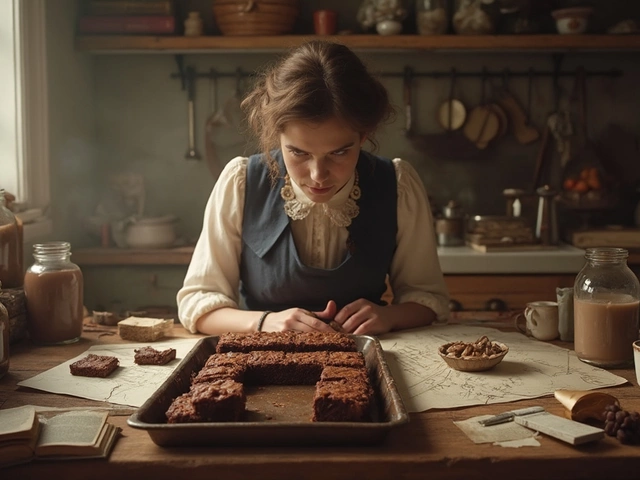
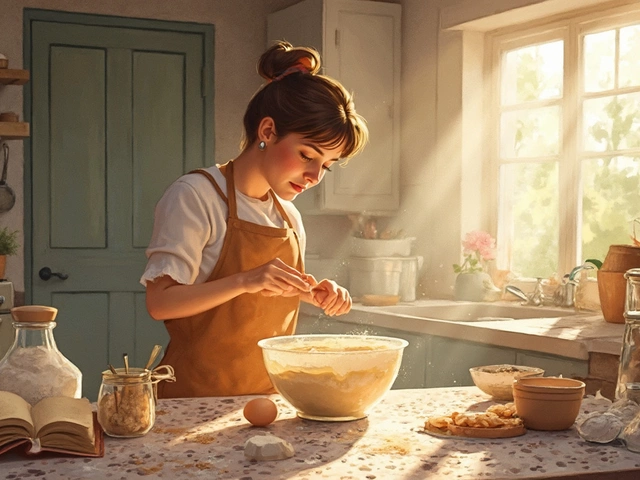
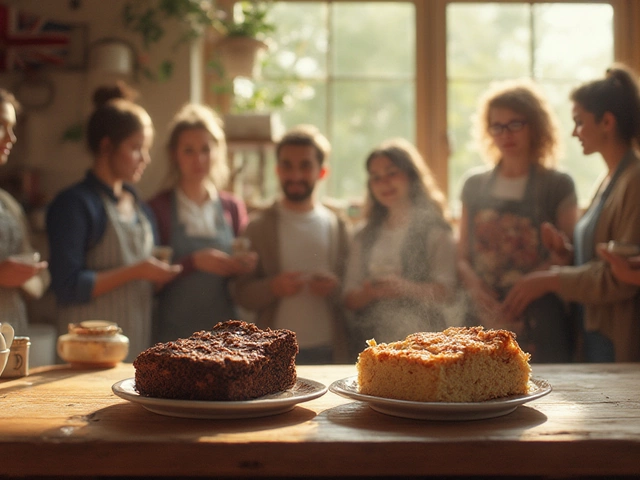
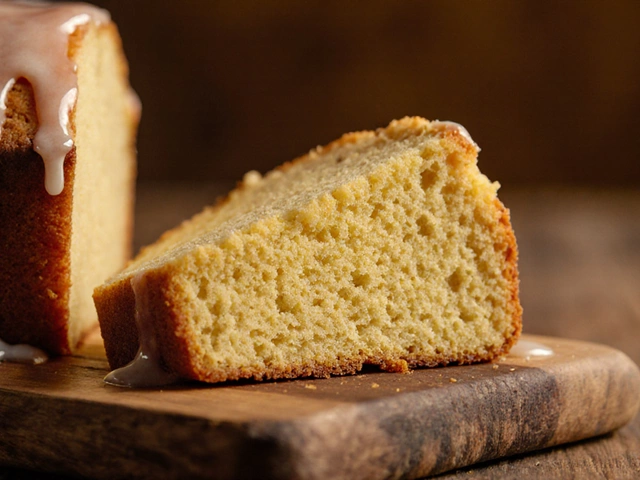
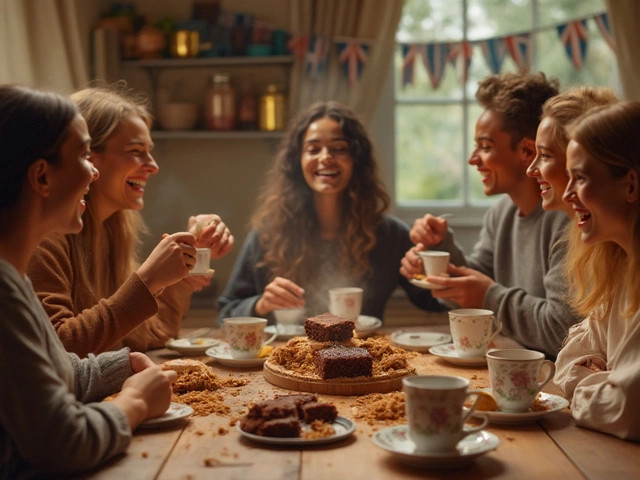

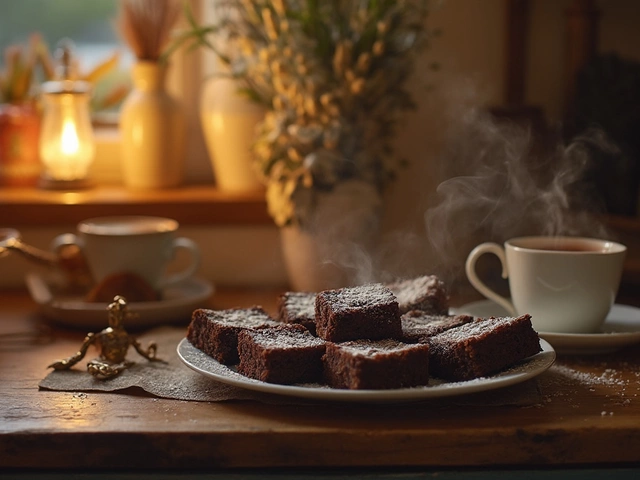
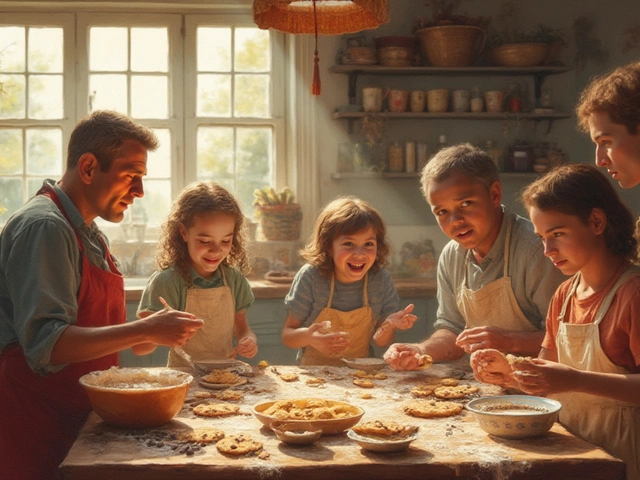
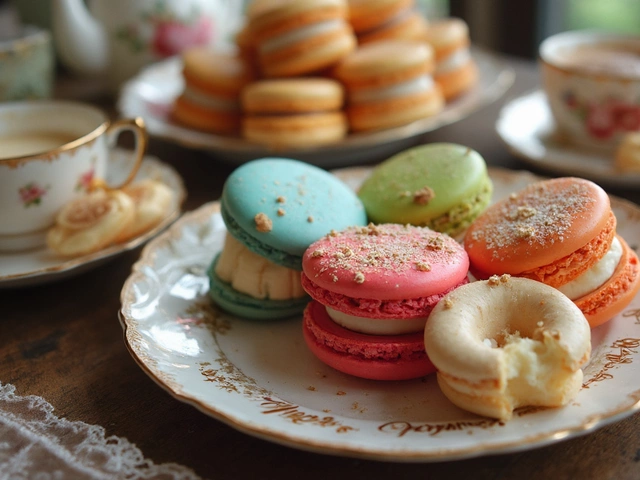
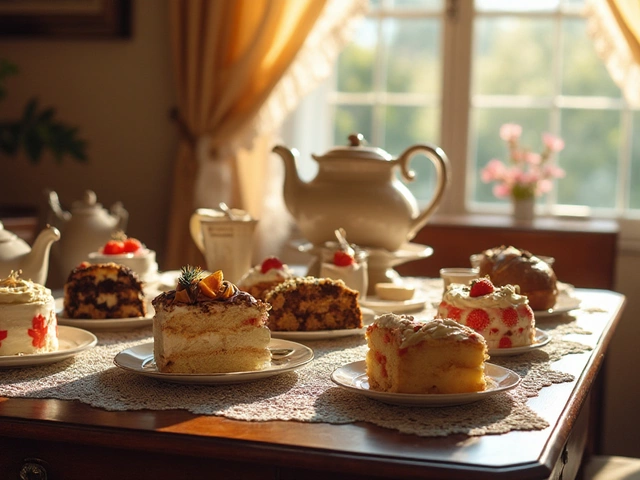
Write a comment